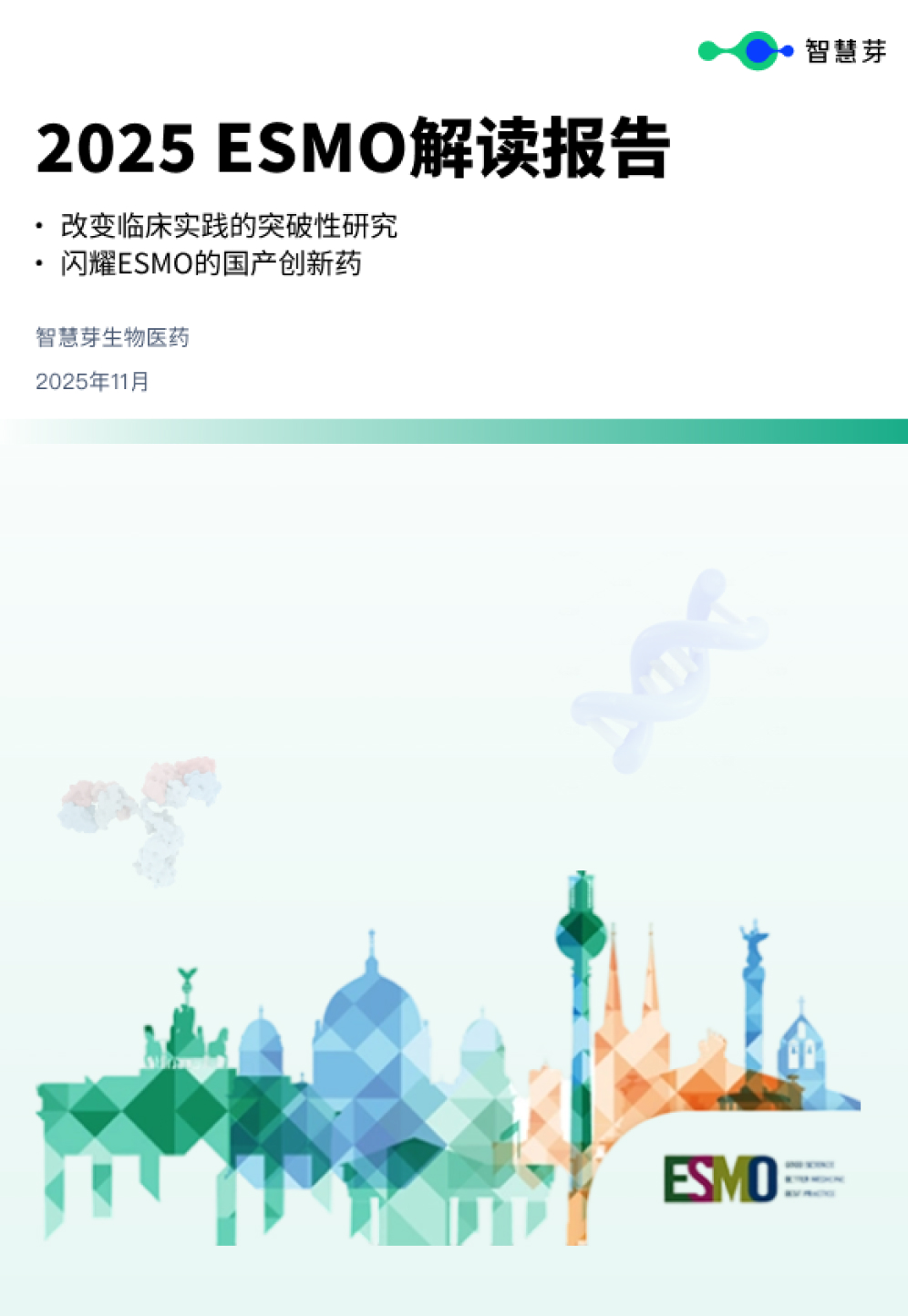预约演示
Wound treatment gel fights the battle against antibacterial resistance
2024-04-02
Polymer-based hydrogels are used to treat skin ailments and in tissue engineering because of their ability to retain water, deliver drugs into wounds, and biodegrade. However, they are complicated to manufacture and not very resilient to external forces like rubbing against clothing, sheets, or wound dressings. Scientists have now created a hydrogel enhanced with the amino acid polylysine and blood plasma that is easier to synthesize, contains natural antibiotic properties, and promotes cell growth.
Hydrogels are popular for use in skin ailments and tissue engineering. These polymer-based biocompatible materials are useful for their abilities to retain water, deliver drugs into wounds, and biodegrade. However, they are complicated to manufacture and not very resilient to external forces like rubbing against clothing, sheets, or wound dressings. They are also not inherently able to battle bacterial infections, so they are often infused with antimicrobial drugs or metal ions, which can cause antibiotic resistance and negative effects on cell growth.
In a paper published this week in APL Materials, by AIP Publishing, researchers created a hydrogel that is easier to synthesize, contains natural antibiotic properties, and promotes cell growth.
"A diabetic patient may have skin wounds that do not heal easily due to metabolic disease," author Jing Sun said. "The patient may try to treat the wounds with topical medicines such as erythromycin, and it may be effective at first, but over a long period of time, it may fail to relieve symptoms. This could be due to antibiotic resistance."
Using the common hydrogel Gel-MA, they added the amino acid polylysine and platelet-rich blood plasma to create properties that are well-suited to wound care. The result is a hydrogel that is stronger, expands in the wound, lasts longer, kills bacteria, and creates a healthy environment for new cells to grow.
"The hydrogel continuously releases polylysine on the wound surface and continuously inhibits bacterial growth," Sun said. "We chose ε-polylysine because it can inhibit the growth of bacteria and solve the problem of antibiotic abuse, drug resistance, and does not affect the proliferation and development of cells. It can also conjugate with gelatin methacrylate, which plays an antimicrobial role and enhances the mechanical strength of the hydrogel."
In tests with E. coli and S. aureus, the bacterium that causes staph infection, the hydrogel damaged bacteria cell membranes and led to bacterial cell death. For healthy cells, the inclusion of platelet-rich blood plasma resulted in a release of growth factors and an increase of viable cells.
"The most interesting and exciting moment for me was when we mixed the polylysine and platelet-rich plasma solutions to see if they could form a hydrogel under UV irradiation," Sun said.
The experiment worked, and the hydrogel can be cured under a UV lamp for 30 seconds instead of curing by repeatedly freezing and thawing for up to 8 hours.
"As a clinician and researcher in dermatology, I have the obligation to provide better treatments for patients," Sun said. "Patients with chronically infected wounds combined with metabolic diseases, such as diabetes, malnutrition, and other diseases, as well as long-term bedridden patients will be helped by this solution."
更多内容,请访问原始网站
文中所述内容并不反映新药情报库及其所属公司任何意见及观点,如有版权侵扰或错误之处,请及时联系我们,我们会在24小时内配合处理。
靶点
-药物
生物医药百科问答
全新生物医药AI Agent 覆盖科研全链路,让突破性发现快人一步
立即开始免费试用!
智慧芽新药情报库是智慧芽专为生命科学人士构建的基于AI的创新药情报平台,助您全方位提升您的研发与决策效率。
立即开始数据试用!
智慧芽新药库数据也通过智慧芽数据服务平台,以API或者数据包形式对外开放,助您更加充分利用智慧芽新药情报信息。



